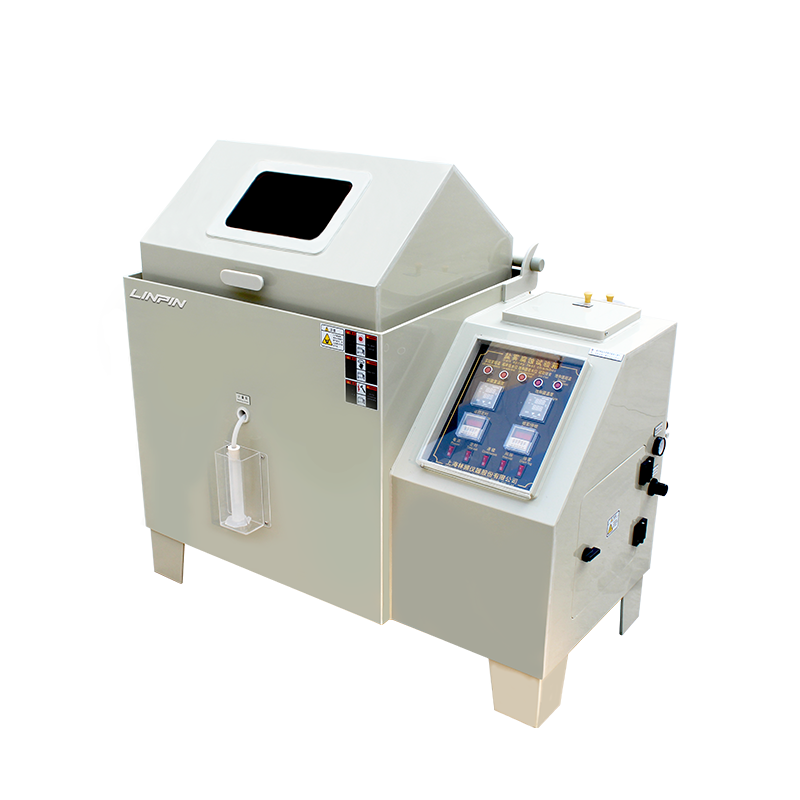

The salt spray test chamber is essential for corrosion resistance testing of metal products, stone products, coatings, and more. However, without regular cleaning and maintenance, dust buildup, component wear, rust, and other issues can lead to equipment failure, disrupting production progress. Today, we’ll introduce some key cleaning and maintenance methods.
Regular Maintenance During Use
Replace water monthly: The water in the heating tank should be replaced every month.
Drain compressor moisture: Regularly drain accumulated water from the air compressor.
Refresh saturated water: The water in the saturator should also be replaced periodically.
Lubricate the compressor: The air compressor’s lubricating oil should be replaced or replenished every three weeks. Note: The compressor must be turned off during oil replacement.
Maintenance for Long-Term Storage
If the salt spray test chamber will remain unused for an extended period:

Thoroughly clean the chamber and drain all water from the heating tank, isolation tank, preheating tank, and saturator.
Check the electrical system before restarting the machine after prolonged inactivity.
Salt Solution Management
Replace weekly: The salt solution should be replaced every week, even if unused.
Post-Test Cleaning
After each test, remove oil residue and water, wipe down the chamber, and ensure it remains dry and clean.
Storage conditions: Place the equipment in a well-ventilated, dry, spacious area away from direct sunlight.
Nozzle Maintenance
If the nozzle sprays unevenly or clogs:
Clean with alcohol or hydrochloric acid to remove debris.
For stubborn blockages, use a thin steel wire carefully to unclog it—avoid damaging the nozzle.
Preventing Electrical Damage
Keep saltwater and water away from the control panel.
If liquid spills onto the panel and damages electrical components:
Do not disassemble blindly—refer to the manual or contact the manufacturer for repairs.
Importance of Regular Maintenance
Routine maintenance ensures testing accuracy and extends equipment lifespan. Operators should develop good habits, including:
Regularly adding water and oil
Cleaning and inspecting components
Keeping the machine in optimal condition
By following these steps, your salt spray test chamber will remain reliable and efficient for long-term use.